An old restoration (plugging a cylindrical hole).
Kashan was a Persian city known for its production of high-quality pottery during the medieval period. The city was well-situated, close to sources of minerals needed to create their distinctive light-colored stone pastes. Copper oxide is one of the cheapest raw materials used to color glazes and also one of the most widely used. When used in a lead glaze, copper oxide takes on a lush green color, while it becomes more turquoise in an alkaline glaze. Alkaline glazes, perhaps best known for producing the classic Egyptian turquoise color, date back thousands of years and have been found in Persia, China, and Mesopotamia. The strengths of alkaline glazes are their ability to produce bright, clear colors at earthenware temperatures without the aid of lead. The iridescence seen on some Kashan excavated ceramics or ancient Roman glassware is due to a natural phenomenon resulting from the alteration of materials over time, and not to any original artistic intent. When a glass object or glazed ceramic remains buried for centuries, it is exposed to soil moisture, temperature fluctuations, mineral salts, and sometimes slightly acidic water. These conditions promote gradual corrosion of the material's surface.




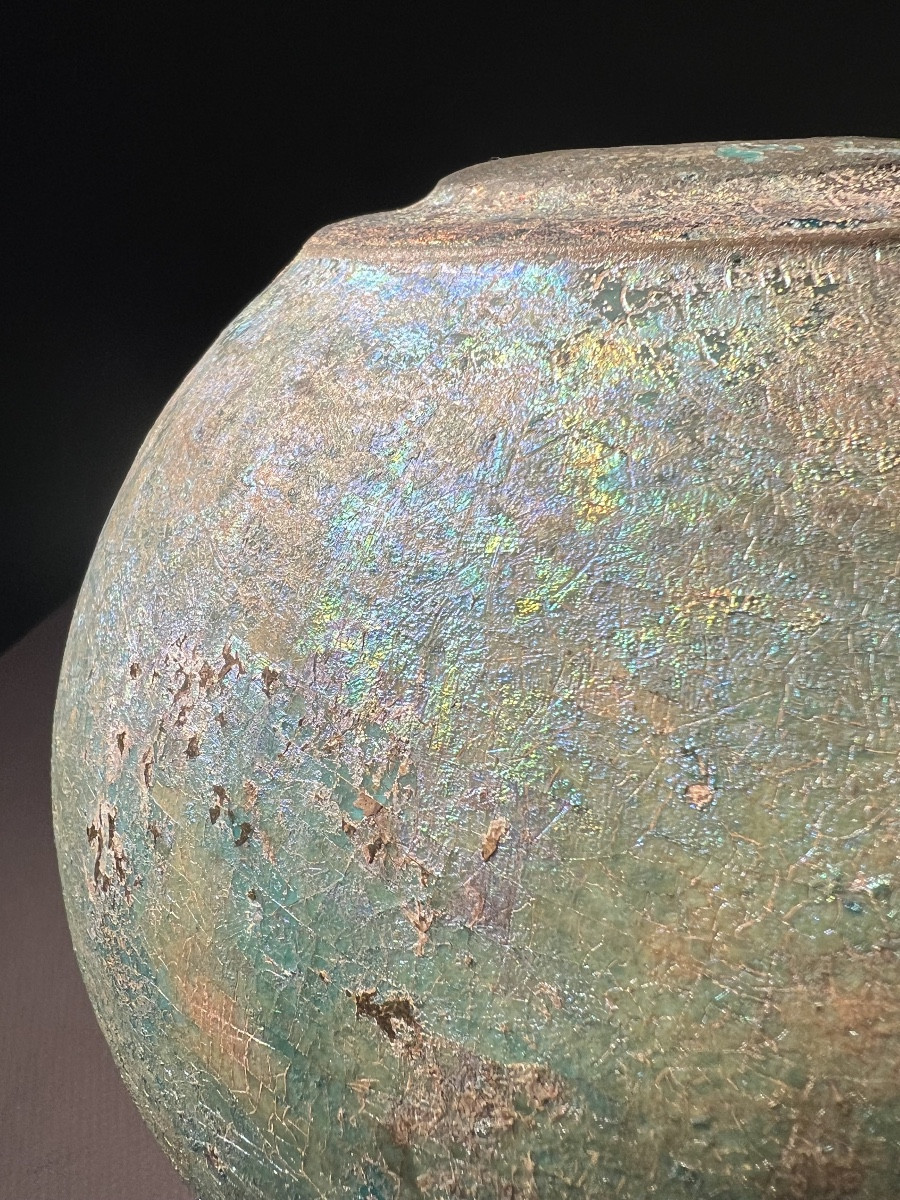

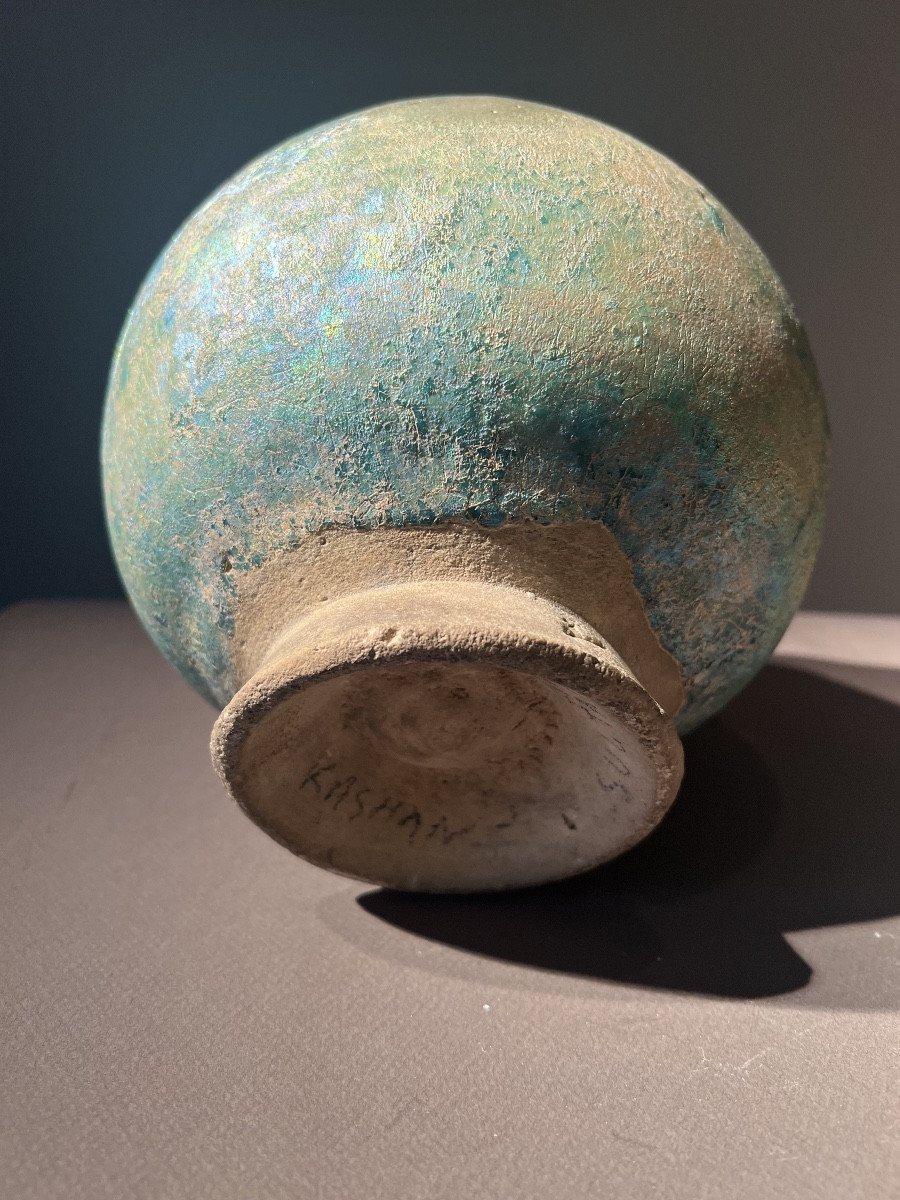

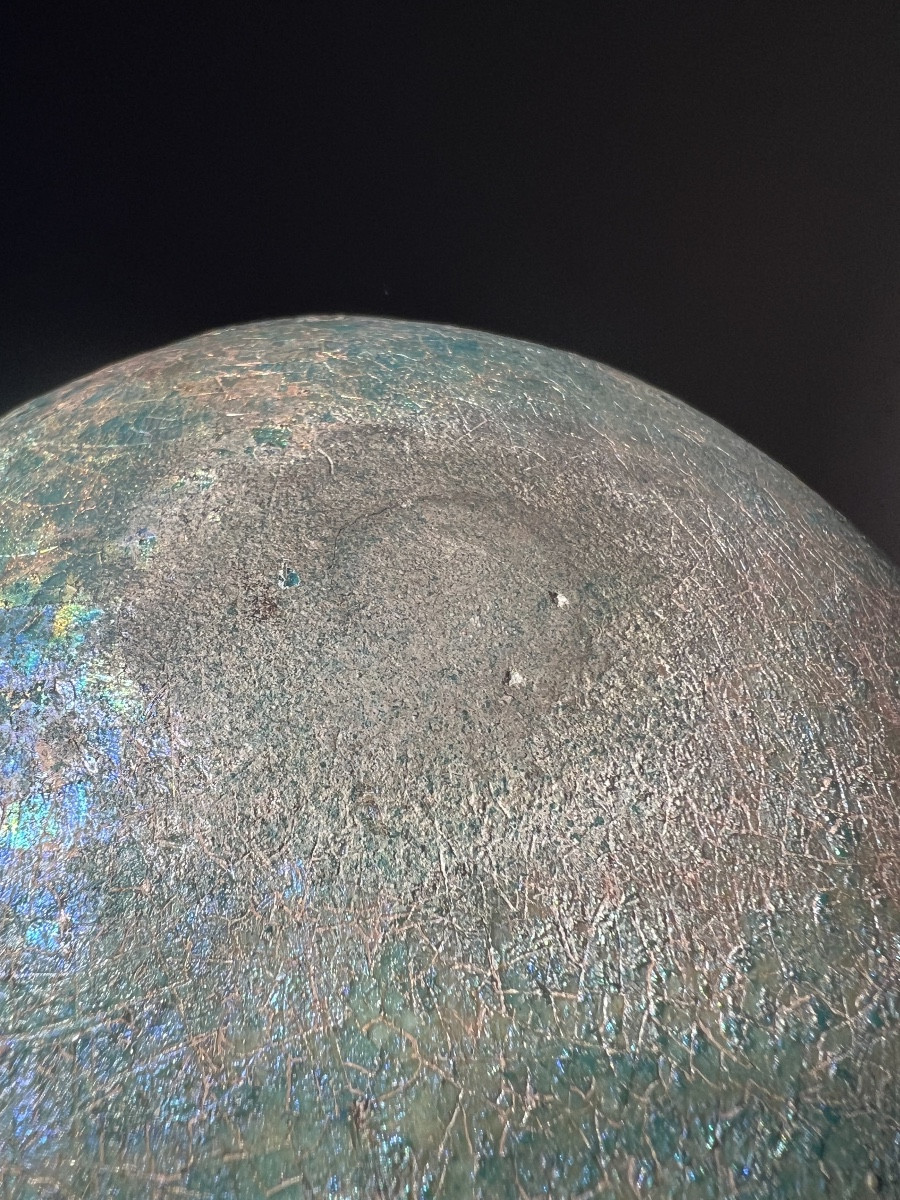








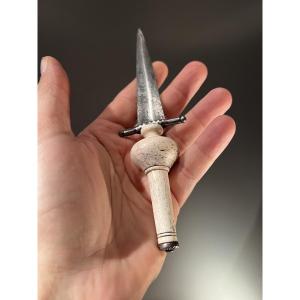
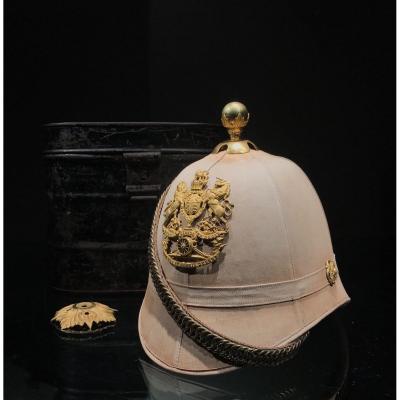
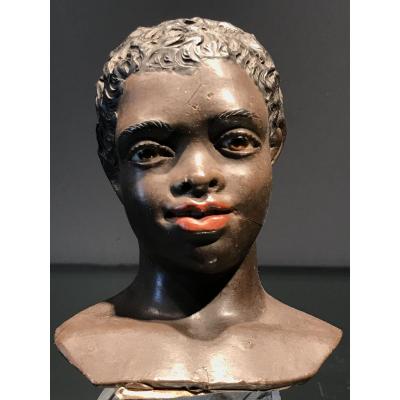




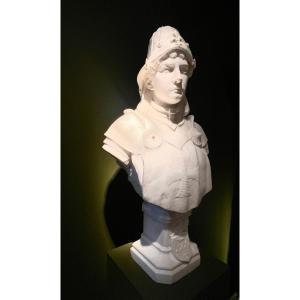

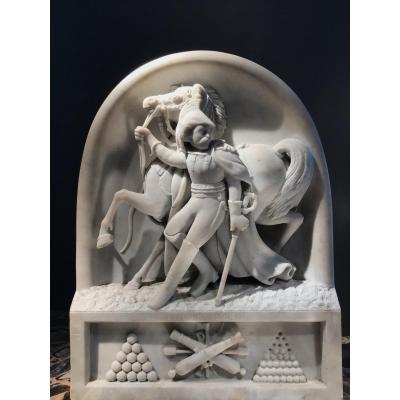


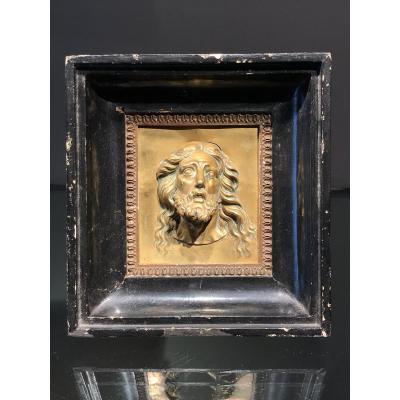
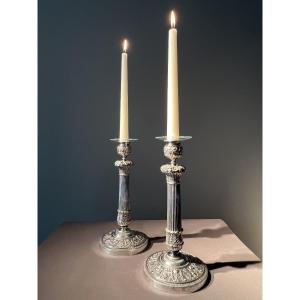








 Le Magazine de PROANTIC
Le Magazine de PROANTIC TRÉSORS Magazine
TRÉSORS Magazine Rivista Artiquariato
Rivista Artiquariato